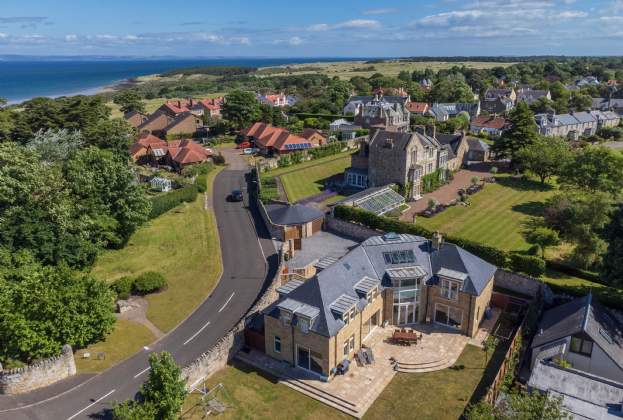However, this means that most of the properties that are easiest and economically viable have already been brought back into use. Remaining long-term vacant properties are not necessarily suitable for reuse.
The recent low rates of demolition and replacement have increased the implied ‘life expectancy’ of existing homes, where the average home in the North would have to continue housing people for over 3,000 years. Older homes remain standing, even if they are not fit for purpose or up to current standards.
However, even if all long-term vacant properties were occupied, this would amount to approximately just one year’s worth of current housing delivery, falling way short of the 300,000 minimum additional dwellings a year required to satisfy demand.
Where these empty homes are is also important. Areas with high vacancies tend to have lower requirements for additional homes, and are already able to meet their housing need targets. For example, Barrow-in-Furness technically had a housing need of 0 in 2022, so there is unlikely to be the market capacity to absorb large numbers of currently vacant homes. The areas which need the greatest boost in supply also tend to be those which don’t have large numbers of vacant properties. Three Rivers was one of the worst performing local authorities in the 2022 Housing Delivery Test, meeting only 47 per cent of its housing need. However, with a long-term vacancy rate of only 0.6 per cent, bringing empty homes back into use is not going to be a complete solution to this shortfall.
The continued need for new build homes
Significant building of new homes is therefore still required in England. Many empty homes have already been brought back into use, especially the quick wins in areas that once had the highest vacancy rates but have since experienced economic growth. Simultaneously, areas with higher vacancy rates do not often have the same need for extra supply, whereas those with low rates are often failing to meet their demand for housing by a large margin.


.jpg)

.jpg)
.jpg)

.jpg)
.jpg)
.jpg)

.jpg)